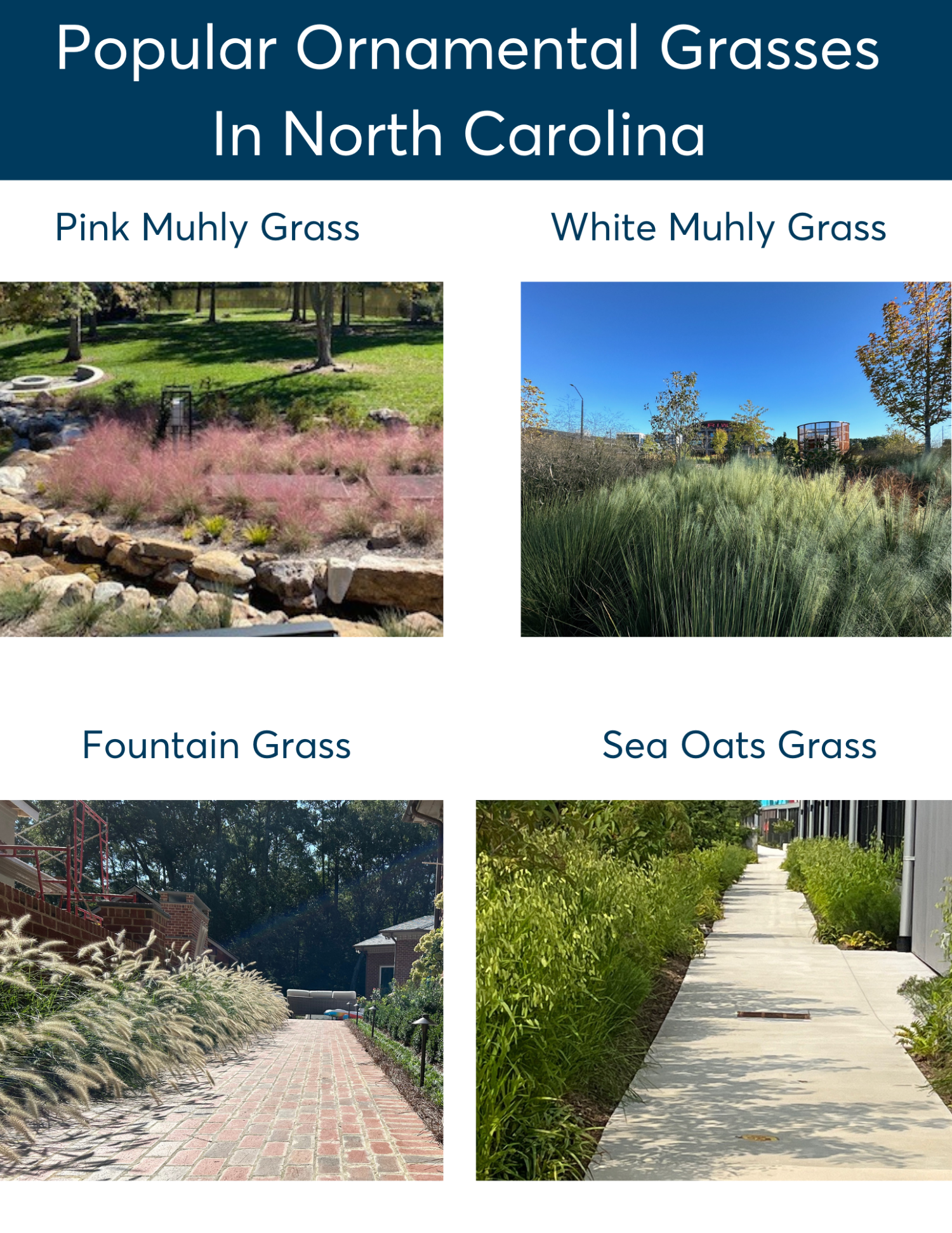Ornamental grasses, with their graceful forms and myriad benefits, have become a staple in modern landscaping, adding texture, movement, and year-round interest to outdoor spaces. The utilization of these versatile plants goes beyond mere aesthetic appeal, offering a range of ecological, functional, and design advantages that contribute to the overall health and beauty of the landscape.
One of the primary reasons to incorporate ornamental grasses into the landscape is their adaptability to a variety of environmental conditions. These hardy plants thrive in diverse climates, from sunny and arid regions to shaded and damp areas, making them a versatile choice for different garden settings. Their ability to withstand a range of soil types and conditions allows for easy integration into existing landscapes, providing a solution for challenging areas where other plants might struggle to flourish.
Beyond their adaptability, ornamental grasses offer an eco-friendly option for landscaping. These plants are often low-maintenance, requiring minimal water once established, which makes them well-suited for water-wise and sustainable gardening practices. Additionally, their deep root systems contribute to erosion control and soil stabilization, preventing runoff and promoting overall soil health. As these grasses mature, they create habitats for small wildlife, fostering biodiversity and supporting local ecosystems.
Ornamental grasses also play a crucial role in introducing dynamic visual elements to the landscape. Their varied heights, textures, and colors bring a sense of movement and rhythm, adding interest to an otherwise static environment. Whether used as focal points, borders, or mass plantings, ornamental grasses create a dynamic contrast to traditional flowerbeds and shrubbery. Their ability to capture and reflect light throughout the day enhances the garden's visual appeal, providing ever-changing displays that evolve with the seasons.
In addition to their visual appeal, ornamental grasses contribute to the landscape's functionality. Tall grass varieties, such as miscanthus or pennisetum, can be strategically placed to create natural screens or provide privacy, acting as living barriers that define outdoor spaces. The soft rustling sound produced by the gentle movement of grass blades in the wind adds an auditory dimension to the garden, creating a tranquil and immersive outdoor experience. Moreover, ornamental grasses are often resistant to pests and diseases, reducing the need for chemical interventions and promoting a healthier, more sustainable environment.
Furthermore, ornamental grasses are known for their versatility in design. They complement a wide range of architectural styles, from contemporary to traditional, and can be seamlessly integrated into various garden themes. Ornamental grasses work well in both formal and informal settings, offering designers and homeowners alike the flexibility to achieve specific aesthetic goals. Whether used as ground covers, accents, or focal points, these grasses contribute to a well-balanced and visually appealing landscape design.
For the best results for most of your ornamental grasses, cut them back in the late winter, just before they begin to put on spring growth.
